How to get the most out of your triathlon swim
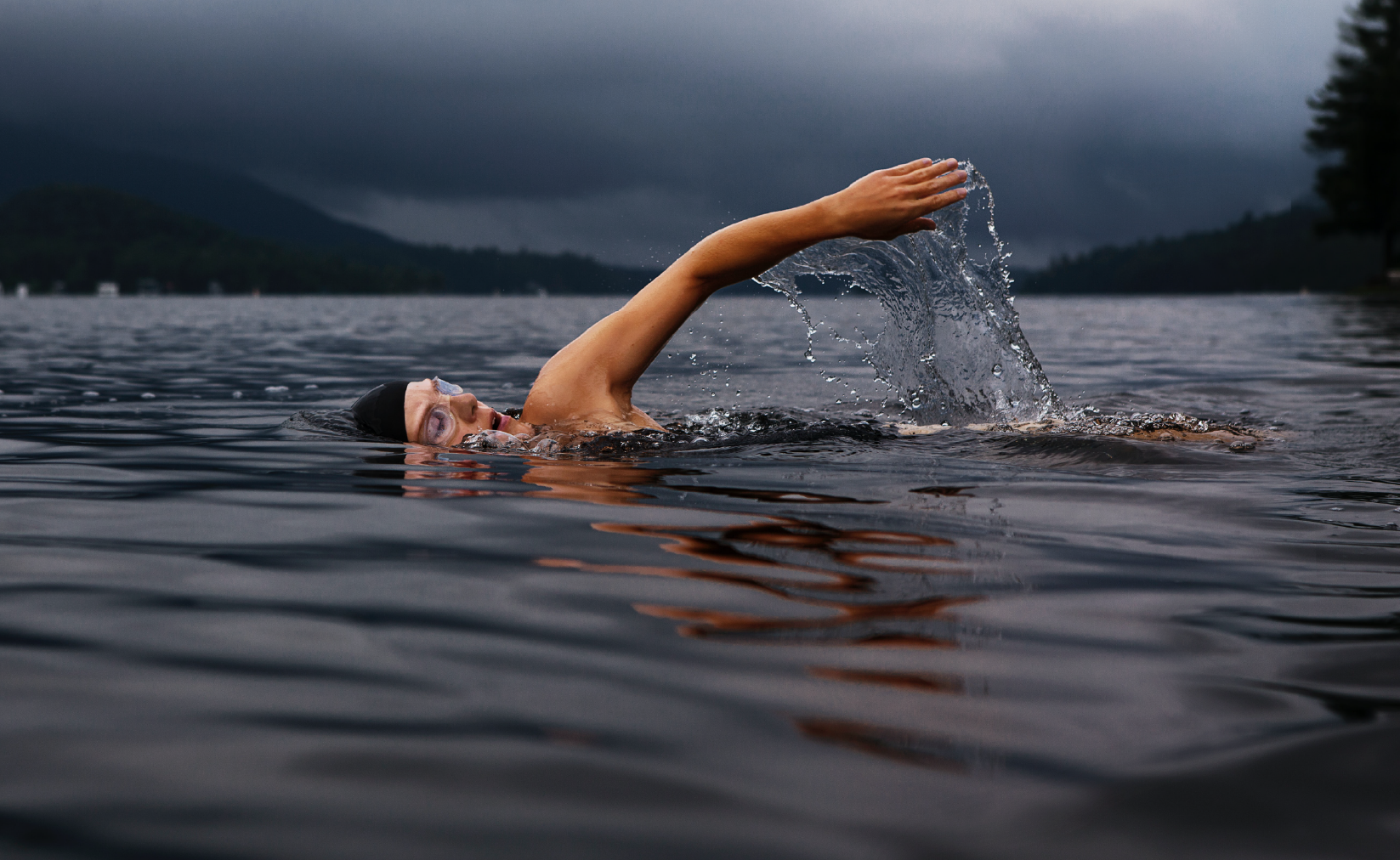
No matter where you are in your triathlon journey, standing on the shore by the start of your next race and looking at the buoys that seem to be miles away, the swim can be daunting. You've put your time in the pool, and hopefully few open water practices, before you're toeing the line. Here are three hints of how you can get the most out of the start of your race to set you up for your best race.
1. Sight appropriately. Nobody wants to swim more than they have to. How many times have you uploaded your Garmin to find you’ve swum 20% further than the course due to zig-zag lines. How many times have you been cut-off or run into by a rogue swimmer who can’t stay on the course. By learning how to most effectively lift your head and see where you're going. The lower you can keep your head to the water, the less energy you will have to expend with every look. In addition, you need to find the appropriate balance between sighting enough to swim straight, but not so many that you waste energy looking. When you start, you may have to look every six strokes. The better you get, you can practice extending that to nine then twelve then twenty then forty and so on. Then, instead of looking and aiming to the closest buoy to you, look two, or three, or all the way to the finish or turn. Most races do their best to line buoys up straight, but currents or winds or human error can often cause them to drift. Don't let these obstacles keep you from having your best swim. Abide by all course rules and keep to the correct path, but if possible, take the shortest path.
2. Kick. Appropriate, hydrodynamic body position is essential for an optimal swim. Simple laws of physics dictate that when you lift your head up, your hips will sink. On top of that, muscle doesn’t float. Do you want to drag 50% of your body as dead-weight through the water just waiting to use it later? By countering with some increased leg action, you can boost those hips toward the surface and maintain your body position and utilize those great muscles you’ve developed with biking and running. But kicking every six - or forty- strokes is like only pumping your arms with every tenth stride while running. Having an efficient kick will help propel you forward and allow you to have a faster stroke turnover and gain distance per stroke and swim further faster. Don't "save your legs" for the rest of the race; your swim kick should originate high in your core and still give you enough energy in your hip flexors, quads, and so on for you to rock your bike and run.
3. Finish your stroke. Don't get so caught up in your catch that you forget the most powerful part of your pull. Think of when you get yourself out of the deep end of the pool; your hands will likely be above your head. Do you pull your chest to the deck and stop? Or do you pull all the way until your legs are completely extended and your hips are at the deck? Don’t forget to use those triceps when you tire. Treat your swim as if you're pulling yourself toward the end with every stroke.
Written by
Kristen Hamilton

No matter where you are in your triathlon journey, standing on the shore by the start of your next race and looking at the buoys that seem to be miles away, the swim can be daunting. You've put your time in the pool, and hopefully few open water practices, before you're toeing the line. Here are three hints of how you can get the most out of the start of your race to set you up for your best race.
1. Sight appropriately. Nobody wants to swim more than they have to. How many times have you uploaded your Garmin to find you’ve swum 20% further than the course due to zig-zag lines. How many times have you been cut-off or run into by a rogue swimmer who can’t stay on the course. By learning how to most effectively lift your head and see where you're going. The lower you can keep your head to the water, the less energy you will have to expend with every look. In addition, you need to find the appropriate balance between sighting enough to swim straight, but not so many that you waste energy looking. When you start, you may have to look every six strokes. The better you get, you can practice extending that to nine then twelve then twenty then forty and so on. Then, instead of looking and aiming to the closest buoy to you, look two, or three, or all the way to the finish or turn. Most races do their best to line buoys up straight, but currents or winds or human error can often cause them to drift. Don't let these obstacles keep you from having your best swim. Abide by all course rules and keep to the correct path, but if possible, take the shortest path.
2. Kick. Appropriate, hydrodynamic body position is essential for an optimal swim. Simple laws of physics dictate that when you lift your head up, your hips will sink. On top of that, muscle doesn’t float. Do you want to drag 50% of your body as dead-weight through the water just waiting to use it later? By countering with some increased leg action, you can boost those hips toward the surface and maintain your body position and utilize those great muscles you’ve developed with biking and running. But kicking every six - or forty- strokes is like only pumping your arms with every tenth stride while running. Having an efficient kick will help propel you forward and allow you to have a faster stroke turnover and gain distance per stroke and swim further faster. Don't "save your legs" for the rest of the race; your swim kick should originate high in your core and still give you enough energy in your hip flexors, quads, and so on for you to rock your bike and run.
3. Finish your stroke. Don't get so caught up in your catch that you forget the most powerful part of your pull. Think of when you get yourself out of the deep end of the pool; your hands will likely be above your head. Do you pull your chest to the deck and stop? Or do you pull all the way until your legs are completely extended and your hips are at the deck? Don’t forget to use those triceps when you tire. Treat your swim as if you're pulling yourself toward the end with every stroke.
Written by
Kristen Hamilton
SEE WHAT CUSTOM APPAREL LOOKS LIKE

GEAR UP
MORE FROM THE BLOG
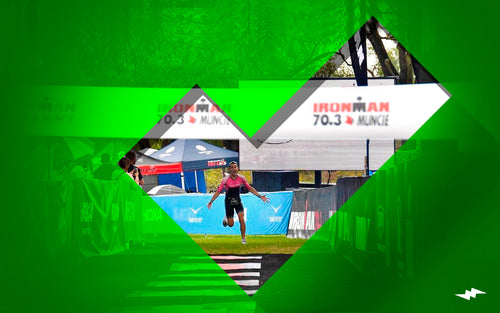
5 Qualities Of A Successful Triathlete
What is it that makes the Brownlee brothers such successful triathletes? How did Chrissie Wellington dominate the sport of Ironman...
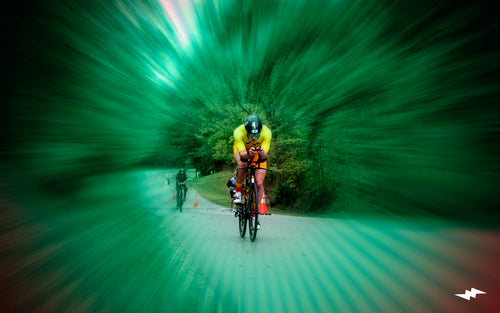
5 Exercises To Improve Bike Strength
There are a million reasons why being strong on the bike will improve you as a triathlete. Whether it is...
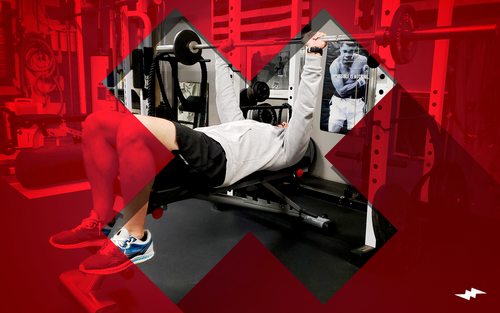
5 Common Strength Training Mistakes That Triathletes Make
Strength training is oftentimes pushed to the back of our training programmes as triathletes. At best it is an add-on...
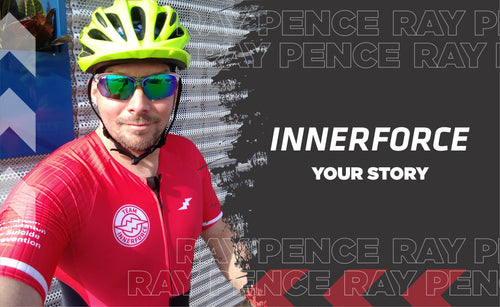
COMBINING TRIATHLON WITH MULTIPLE JOBS by Ray Pence
@raypencetri (Instagram) Ray Pence (37) has been part of Team Innerforce for quite some time now. We sat down...



